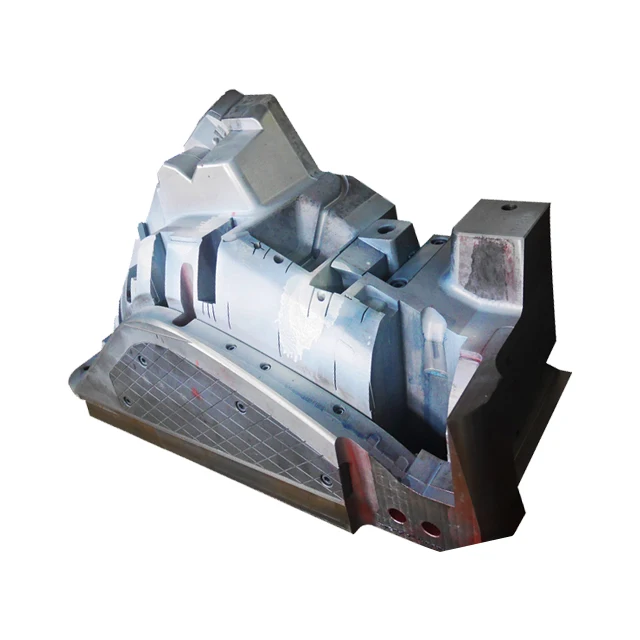Precision and efficiency are particularly paramount in industries such as automotive, electronics, and medical devices, where the quality of components directly impacts the performance and safety of the final products. One indispensable technology that plays a crucial role in producing high-quality parts is auto injection molding.
Understanding Auto Injection Molds
Auto injection molding is a process that involves injecting molten material into a mold cavity, where it solidifies to form the desired shape. This technique is highly versatile and capable of producing intricate parts with tight tolerances at high volumes. The "auto" aspect refers to the automated nature of the process, where machinery and robotics handle much of the production workflow.
Key Components and Processes
Auto injection molding involves several essential components and processes:
Injection Molding Machine: This is the heart of the operation, where raw materials are melted and injected into the mold cavity. Modern machines feature advanced controls for precise temperature, pressure, and injection speed regulation.
Mold: The mold defines the shape and features of the final part. It consists of two halves, the cavity and the core, which are precisely machined to form the desired geometry. Complex molds may incorporate multiple cavities for simultaneous production.
Material Feed System: Raw materials, typically thermoplastics or thermosetting polymers, are fed into the injection molding machine in the form of pellets or granules. These materials are melted and homogenized before injection.
Cooling System: After injection, the molten material solidifies within the mold cavity. A cooling system, often consisting of channels through which coolant flows, helps regulate the temperature and speed up the solidification process.
Ejection System: Once the part has solidified, it needs to be removed from the mold. An ejection system, comprising pins, plates, or other mechanisms, pushes the part out of the mold cavity.
Advantages of Auto Injection Molds
Auto injection molding offers numerous advantages:
High Precision: The automated nature of the process ensures consistent part quality with minimal variation.
Efficiency: Auto injection molds can produce parts rapidly, leading to shorter production cycles and lower costs per unit.
Versatility: From small, intricate components to large, complex parts, auto injection molding can accommodate a wide range of shapes and sizes.
Material Variety: Manufacturers can utilize a vast array of materials, including engineering-grade plastics, elastomers, and even metal powders, to meet specific performance requirements.
Applications Across Industries
The versatility and efficiency of plastic injection molds make them indispensable in various industries:
Automotive: From interior components and exterior trim to under-the-hood parts, auto injection molds play a crucial role in automotive manufacturing.
Electronics: The demand for smaller, lighter, and more durable electronic devices drives the need for precision-molded components.
Medical: Auto injection molding is vital for producing medical devices and equipment, including syringes, IV connectors, and surgical instruments, where precision and biocompatibility are paramount.
Future Trends and Innovations
As technology continues to advance, several trends are shaping the future of auto injection molding:
Industry 4.0 Integration: The integration of IoT devices, data analytics, and AI-driven optimization is revolutionizing production processes, leading to greater efficiency and predictive maintenance.
Additive Manufacturing Integration: Hybrid approaches that combine traditional injection molding with additive manufacturing techniques enable the production of complex, customizable parts with reduced lead times.
Material Innovations: Ongoing research into advanced materials, such as bio-based polymers and composites, promises to expand the capabilities and applications of auto injection molds further.
Conclusion
Auto injection molding stands at the forefront of modern manufacturing, driving innovation, efficiency, and quality across diverse industries. From its humble beginnings to its current state-of-the-art applications, this technology continues to evolve, enabling the production of intricate, high-performance parts with unparalleled precision and consistency. As industries embrace automation and digitalization, the future of auto injection molds holds promise for even greater advancements in quality, efficiency, and sustainability.


.jpg)

.jpg)